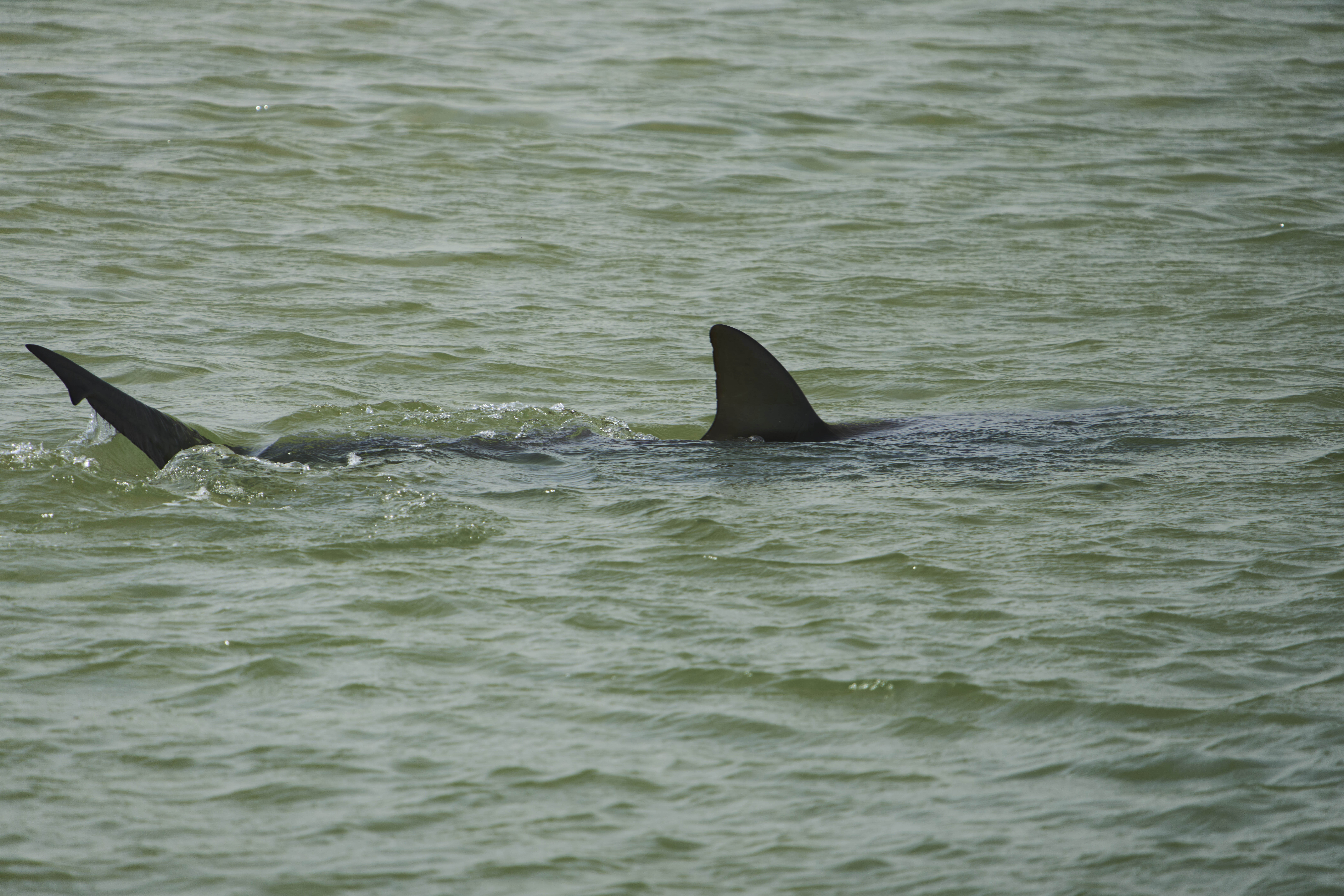NEW YORK — A NASA spacecraft is scheduled to arrive on Mars on Monday. It’s been nearly seven months to the day since the spacecraft launched from California and it is finally reaching it’s destination.
The toughest part of the journey is still ahead.
“That’s actually the camera where we’re gonna get our first picture.”
Farah Alibay is part of the engineering team that designed the InSight Lander’s instruments. She says data from the mission will reveal more about the red planet’s core.
That is if it survives its seven minute landing in one piece.
“We call them the seven minutes of terror because at that point, there’s nothing we can do.”
NASA scientists estimate the spacecraft will enter Mars’ atmosphere at just over 12,000 miles an hour. A supersonic parachute deploys first to slow the descent then the InSight Lander drops from it’s heat shields – about a mile above the surface, free-falling until reverse thrusters put on the final brakes.
“They pulse about 10 times a second to softly slow the descent and get us down to about 5 miles per hour at touchdown,” said Stu Spath.
InSight will then deploy solar panels and get ready for work. It will use a robotic arm to place a seismometer and a heat probe on the martian ground. Those tools will track the planet’s temperature – and measure quakes.
“We have one shot, we have to do it well because if we end up on a rock or something, that could affect our science,” added Farah Alibay.
If it all goes well, scientists expect InSight to beam back critical information for at least the next two years, helping pave the way for a manned mission to Mars.



















